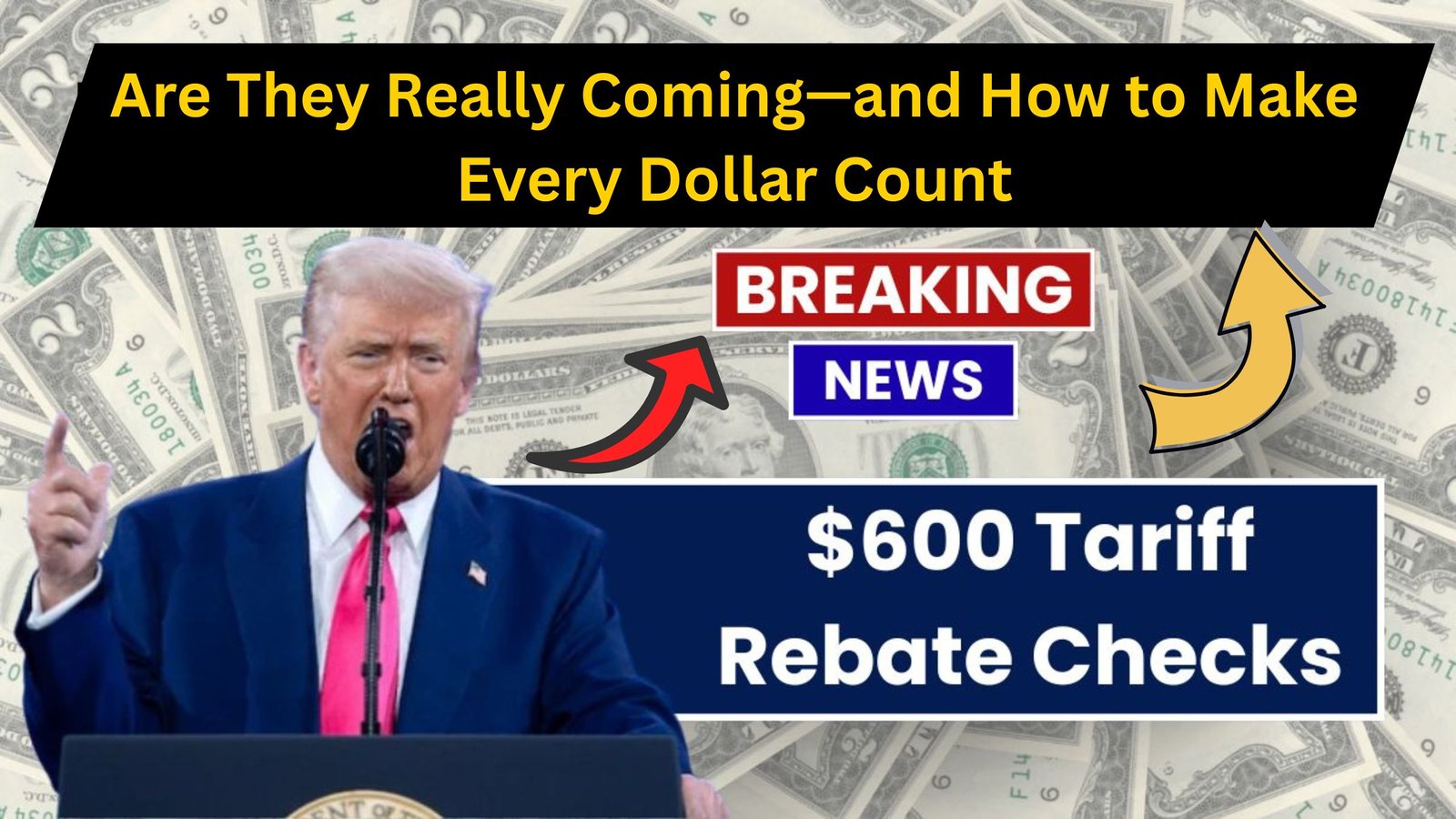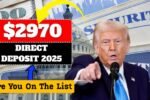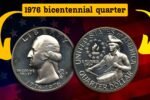The $600 Tariff Rebate checks are a proposed form of economic relief that would give Americans a one-time payment funded by tariffs collected on imported goods. These tariffs have increased consumer costs, and some lawmakers believe the government should return a portion of this revenue to the public. Although not yet officially approved, the idea is gaining attention as a possible solution to ease financial stress caused by inflation.
Why Are Tariffs Linked to Rebate Payments?
Tariffs are taxes on goods brought into the country, and they often result in higher prices for consumers. When these taxes generate billions in revenue, the government may choose to redistribute some of that money to ease the financial pressure on households. A rebate tied to tariffs is seen as a fair way to return money to those who were indirectly taxed through higher prices.
Are These $600 Rebate Checks Actually Happening?
As of now, the $600 checks are not guaranteed. They remain a proposal being discussed among lawmakers, particularly in light of rising costs and public demand for relief. While there’s no formal legislation passed yet, the concept is under serious consideration. If momentum continues, Congress could authorize the payments sometime in late 2025 or early 2026.
How Is a Tariff Rebate Different from a Stimulus Check?
Unlike traditional stimulus checks funded through government spending or borrowing, the $600 tariff rebate would be paid from existing revenue — specifically the money raised from tariffs. This makes it more budget-neutral and potentially more appealing to fiscally conservative lawmakers. It’s a targeted refund rather than a broad economic boost.
Who Would Be Eligible for the $600 Rebate?
Eligibility will likely focus on working- and middle-class individuals, using income reported on 2023 or 2024 tax returns. Single filers earning under $75,000 and joint filers earning under $150,000 would probably qualify. People receiving federal benefits may also be included. Final rules would depend on how Congress writes the legislation if passed.
When Could You Receive the Rebate?
If approved, the $600 checks could start arriving in early 2026. Distribution would likely follow a pattern similar to previous stimulus rounds—first by direct deposit, then by mailed checks or debit cards. The IRS would handle the payment process and may offer a tool to track the rebate once legislation is finalized.
How Can You Make the Most of the $600?
With inflation still affecting groceries, rent, and utility costs, $600 may feel like a small but valuable boost. Individuals may choose to use it for essentials, pay down credit card debt, or start an emergency fund. Using the rebate strategically can offer short-term financial relief and long-term peace of mind, especially if it’s not expected to be recurring.
Could More Rebate Payments Come in the Future?
While no additional payments are guaranteed, this rebate concept could set a precedent. If successful and popular with the public, future tariff rebate programs—or other targeted relief options—might be introduced, especially during times of inflation or recession. Much will depend on economic trends and political will in Congress.
Most Asked FAQs-$600 Tariff Rebate Checks
Q1: Is the $600 rebate check confirmed?
No. It’s still a proposed idea under review by lawmakers.
Q2: Will I need to apply to receive the check?
Most likely not. If the program mirrors previous payments, it will be automatic based on tax return data.
Q3: Who is eligible for the rebate?
Likely low- and middle-income taxpayers and possibly federal benefit recipients.
Q4: How will I receive it?
Payments would be issued via direct deposit, paper check, or debit card—depending on your filing history.
Q5: When could I get the money?
If passed, payments could start as early as Q1 of 2026.




